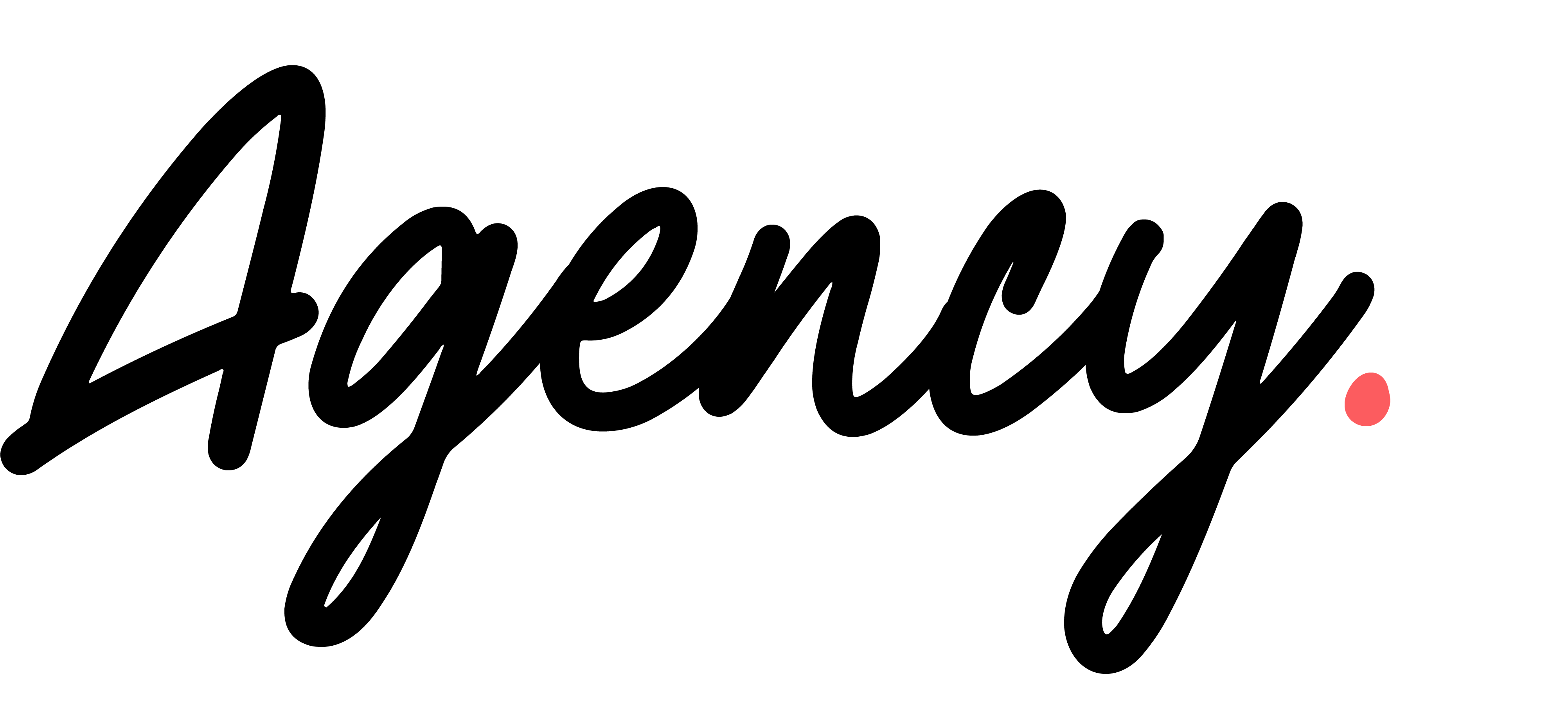Why Motion Design is Essential for Engaging Digital Content
- Kitti Derda

- Mar 22
- 3 min read
In today's fast-paced digital world, grabbing your audience's attention is crucial. With visual content taking center stage, motion design stands out as an effective tool. It not only tells a story but also clarifies ideas and keeps users engaged in ways that static images or text just can't. This article will discuss why motion design is key to creating engaging digital content and why it should be a vital part of every creative strategy.

The Power of Movement
We are naturally drawn to movement. Our brains respond strongly to dynamic visuals. A well-crafted animation can take complex ideas and make them easier to understand and remember. For example, a study showed that people remember 10% of what they hear and 20% of what they read, yet they recall up to 80% of what they see and do. Motion design enhances this by creating a narrative that static content often fails to deliver, resulting in improved information retention.
Additionally, motion design can effectively demonstrate changes over time, which enriches the storytelling experience. Think about why infographics use animated graphs or why product demonstrations in video format are so common. Movement draws viewers in, making them more likely to stay engaged and retain the information presented.
Enhancing User Experience
When done thoughtfully, motion design can greatly improve the user experience. Micro-interactions, or small animations triggered by user actions, provide a layer of engagement that encourages deeper exploration of content. For instance, when users complete a form and receive an animated confirmation, it gives them a sense of achievement. These small animations make the interaction feel rewarding and intuitive, reducing potential frustration. In fact, studies show that incorporating micro-interactions can increase user satisfaction by up to 70%.
Branding Through Motion
Brand identity is more important now than ever, and motion design plays a significant role in how audiences perceive brands. Custom animations and animated logos can create specific emotional responses and foster brand recognition. For example, think of how you feel when you see the animated logo of a popular brand like Netflix or Airbnb; those movements have become iconic representations of their identities.
By integrating motion into their visual strategy, brands can set themselves apart from competitors. This unique approach helps convey abstract values in a way that connects emotionally with audiences. About 85% of consumers are more likely to remember a brand that uses engaging video content, emphasizing the importance of using motion design effectively.
Search Engine Optimization Benefits
Engaging content also plays a role in improving a website's search engine optimization (SEO). Websites with dynamic content often see longer visit durations, lower bounce rates, and heightened sharing rates—important metrics that search engines consider for rankings. Reports indicate that web pages with video content attract 53 times more traffic than those without.
However, it's essential to find a balance. Overusing animations may negatively affect the user experience and lead to frustrating interactions. Careful moderation and strategic use of motion design ensure that you achieve the desired SEO benefits without overwhelming users.
Final Thoughts
Motion design is more than a passing trend—it's a vital element in crafting engaging digital content. By embracing the versatility of movement, brands enhance user experience, convey ideas more effectively, and create an identity that resonates with their audience.
As the digital landscape evolves, integrating motion design can set your content apart in a crowded marketplace. Adopting dynamic visuals into your strategy ensures that your content remains engaging, memorable, and impactful. Motion design is essential for anyone looking to make waves in the digital space.






Comments